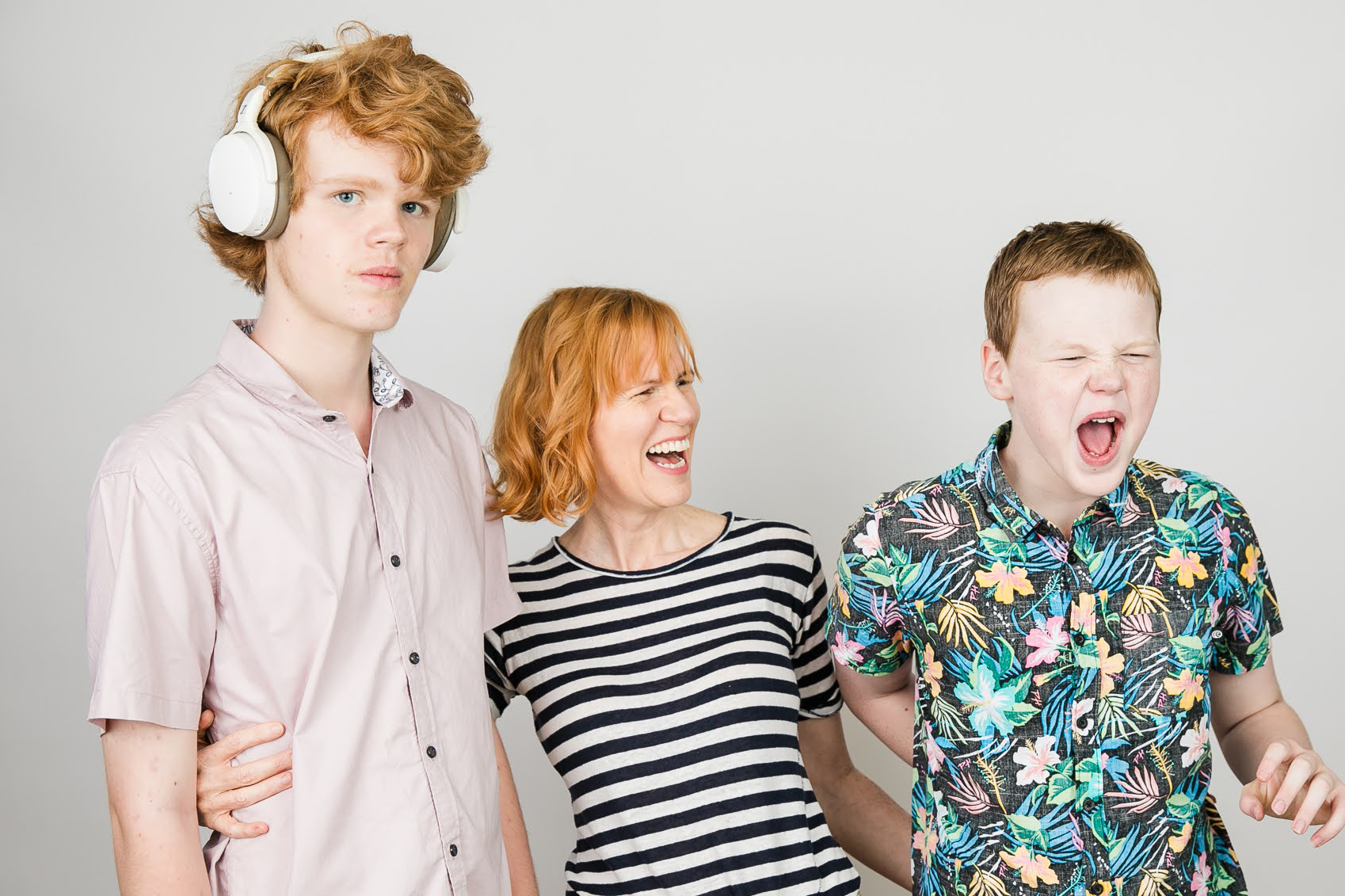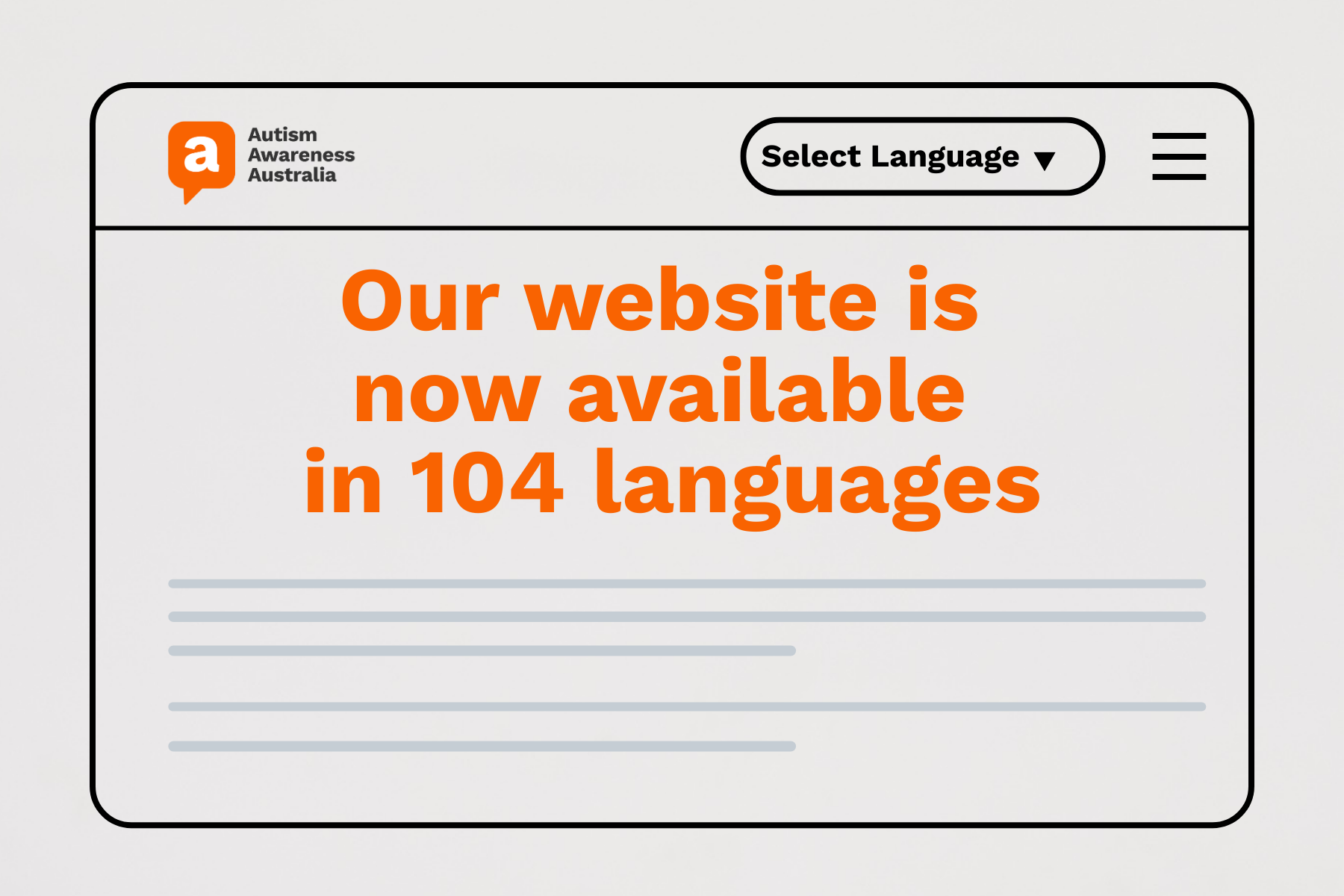Inclusive media matters

People with disability often say that the most disabling aspect of disability is not their “impairment” – but rather the invisible barrier to their participation and inclusion in society posed by exclusionary social attitudes.
And the insidious nature of this invisible barrier is that most people, including many parents of children with disability, are not even aware of their own prejudice – because it is the subconscious legacy of centuries of people with disability being institutionalised, devalued, dehumanised – and worse.
These exclusionary social attitudes are passed, subconsciously, from generation to generation – by adults to children – by how we talk about disability and difference at the dinner table, in the car and in our media.
My eyes were opened to subconscious prejudice – including my own – after my son Julius was born with Down syndrome. As I cradled my baby in the maternity ward, I turned to one of the nurses and asked, “Do you know which are the best ‘special schools’ around?” Through the lens of societal assumptions and stereotypes I perceived that Julius was “special” and assumed that his life would be spent in “special” places. At that time, I didn’t see anything wrong with that.
But as I began to recognise the prejudice that lay at the core of these ideas about disability and how society has responded to people with disability through segregation and exclusion, I also became sensitive to the fact that one of the key ways in which our society entrenches prejudice is through the general absence of people with disability in our mainstream media … “out of sight, out of mind”. Because the omission of people with disability from mainstream media itself sends an exclusionary and devaluing message, that it is acceptable not to include people with disability. The negativity of that messaging is increased when most of the very limited portrayal of people with disability in the media follows the devaluing narratives of “burden” or “pity” – or equally as harmful, the narrative of “inspiration” – only being valued if one is able to “overcome” the limitations of their disability.
My first “template” for what inclusive media might look like was in children’s television.
I was watching Sesame Street with my children and there he was, a young boy with Down syndrome reading out the Alphabet. The next day I spotted a young girl using a wheelchair who appeared in the show’s opening, then a Deaf girl signing “Happy Birthday”. On Sesame Street, and in real life, disability is just a part of the human variability that makes each of us unique. More importantly, everyone is in there together, all sharing “The Street”.
The representation of people with disability in media matters. Article 8 of the United Nations Convention on the Rights of Persons With Disabilities states the need to combat stereotypes and prejudice and promote positive perceptions and respect for the rights of people with disability, including by encouraging all media organs to portray people with disability in a manner consistent with the purposes of the Convention.
Importantly, the Convention is underpinned by the concept that “disability” is not about “deficits” inherent in the individual – it is about how our society and its environments interact with disability, and it recognises that experience of disability involves the denial of equality of opportunity and discrimination that arises from societal prejudice and the failure of society’s environments to adjust or accommodate for an individual’s physical, intellectual, cognitive, sensory or other characteristics.
The Convention also recognises inclusive education as a fundamental human right of children with disability – and as principal pathway to changing the “deficit” in society’s attitudes to disability. This means that children with disability receive an inclusive education, alongside and together with their same-age peers in regular classrooms, reflective of their communities. Not only is this right evidence-based as to superior academic and social outcomes, but the exercise of this right through the introduction of disability and difference to children from the beginning of their day-care and schooling experience, has the greatest organic potential to promote broader generational acceptance of human difference, the creation of accessible environments and a culture of supporting others who function differently.

The work of Starting With Julius – a not-for-profit that I founded in 2013 – is guided by this human rights framework in pursuing its objective of advancing the inclusion of people with disability through change in the two key areas of media representation and inclusive education – each windows into our children’s future society.
In the mainstream media space, we initially focussed on “ad-inclusion” – people with disability being represented in advertising in an inclusive and incidental way – as part of the community. It really did start with Julius, who trailblazed in the mainstream advertising landscape in seven nationwide advertising campaigns for a children’s fashion brand, eeni meeni miini moh. This meant that we could point to a solid example of inclusive practice in Australia.
Since then SWJ has worked with various Australian brands, including retail giants Kmart and Target over the last few years – both of whom have demonstrated a sustained commitment to ad-inclusion. This year, we were delighted to see inclusive advertising campaigns by ANZ and NAB.
Although inclusion in advertising is about changing the “picture”, that change is not always visible. Just as around 80% of disabilities are “invisible” – supporting a person with an “invisible” disability to be part of an advertising campaign is still “ad inclusion”. When retailers, photographers, hairdressers, make-up consultants etc. alter their processes to make adjustments and accommodations for someone’s participation they are practising inclusion by welcoming people with disability and removing barriers to their participation.
Last year Target included an Autistic teen model in its Christmas catalogues and they altered their processes to make it happen, although none of this was apparent to anyone who was not involved. But it mattered because inclusion always matters, whether or not achieving it is in the public eye.
Other forms of media also present the opportunity to represent disability in a range of ways that can bring other dimensions into it. SWJ has worked with the ABC and production companies like Northern Pictures (the producers of “Employable Me”) to encourage improved disability representation on screen.
Inclusion in media is about changing the “picture” in more ways than one. It is about people with disability disrupting exclusionary attitudes and reclaiming their place in our culture and community through authentic and empowering representation and messages. As the saying goes, “we cannot be, what we cannot see” – that holds truth for all of us, including those of us with disabilities.
Written by Catia Malaquias,






